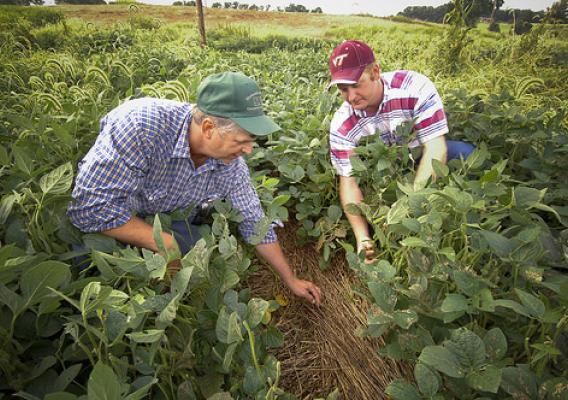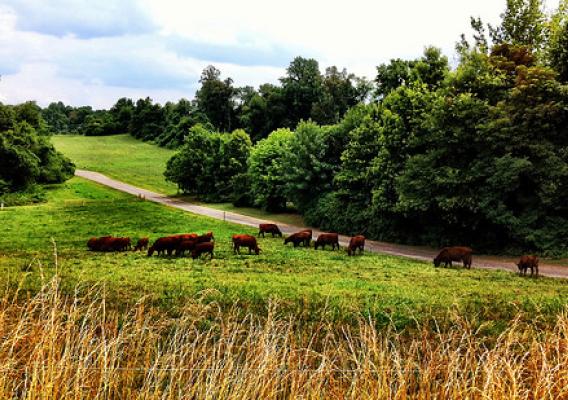Sometimes big things come in small packages. At USDA, we provide programs and services to producers of all sizes – and now we’re offering even more to small-scale and local beef producers. Many small-scale producers are contributing to the growth of the grass-fed beef industry. And, thanks to a new program tailored to meet their needs, they now have another resource in their marketing toolbox.
The USDA Grass Fed Program for Small and Very Small Producers, administered by USDA’s Agricultural Marketing Service (AMS), is designed as a verification tool for small and very small producers to certify that animals meet the requirements of the grass-fed marketing claim standard and will make them eligible to have their products marketed as “USDA Certified Grass Fed Beef”.
With today’s label-conscious, savvy consumers, producers are relying on verified and certified labels to help distinguish their products in the marketplace. This new initiative joins our suite of consumer-trusted verification programs for meat, poultry, and eggs.







